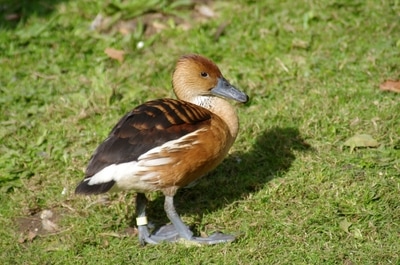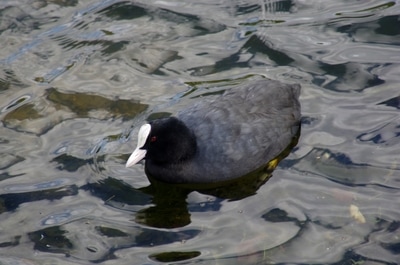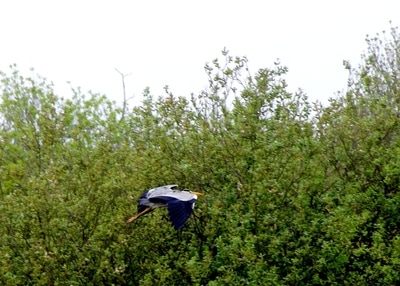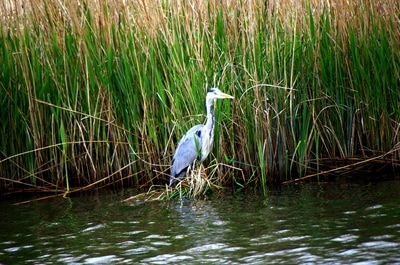|
Norfolk Trails
The Norfolk Trails network brings together over 1,200 miles of walks, cycle and bridle routes throughout our beautiful county. Great interactive web site. https://www.norfolk.gov.uk/out-and-about-in-norfolk/norfolk-trails North Norfolk Walks are sheer joy. Beautiful verdant countryside, spectacular seascapes and intriguing marshes divided neatly by paths that have been walked for thousands of years. The Peddar’s Way, the Norfolk Coast Path, the Marriott’s Way, the Weavers’ Way, and the Paston Way are popular formal footpaths in reasonably accessible countryside. In addition, Active Norfolk runs regular weekly informal walks that you can even take your dog to! Below is a summary of these established pathways, but of course you needn’t stick to these, as there are so many beautiful beaches and villages where you can stroll to your heart’s content, as little or as much as you are willing or able to do. The Norfolk Coast Path covers about 45 miles between Hunstanton and Cromer enabling you to experience some of the most exhilarating coastal scenery in England, passing near seaside villages, incredible beaches and beautiful country pubs to sustain you wide excellent food. Take a few days to enjoy this walk, staying in our friendly hotels, B&Bs or pubs along the way and then take the Coasthopper bus back along the coast road to your start point. Peddars Way starts near Thetford and joins the Norfolk Coast Park at Holme-Next-The-Sea, approximately 3 miles from Hunstanton. Together, these two North Norfolk Walks are over 90 miles long and form one of 15 national trails in the UK. Marriott’s Way is a 26-mile footpath, bridle way and cycle route from Aylsham to Norwich following the track beds of two disused railway lines. It is mostly wheelchair and mobility scooter accessible and is great for wildlife spotting and various public artworks. Weavers’ Way is a 62-mile path from Cromer to Great Yarmouth, with typical Norfolk countryside – mixed farmland, woodland and marshes. Paston Way covers 22 miles from Cromer to North Walsham, a walk taking in medieval churches, pretty villages, beaches and rolling farmland. Pdf maps of the above North Norfolk Walks and shorter circular walks are available The Fishermans Heritage Centre The Centre is dedicated to demonstrating the history of the lifeboats provided by the Upcher family of Sheringham Hall for the use of the fishermen of what was then Lower Sheringham, a small fishing hamlet.These lifeboats are usually referred to as the private, Upcher or fishermen’s lifeboats. The first of these, called the Upcher, was a fishing boat also used as a rescue boat. The second, the Augusta, was the first purpose-built lifeboat in Sheringham. It no longer exists, but its story is a fascinating one. The last of the three, the Henry Ramey Upcher (HRU), replaced the Augusta. It was in use until 1935 and can still be seen in its original shed, which forms part of the Centre. The HRU was named in memory of the late squire of Sheringham by his widow, Caroline on 4th September 1894 and remained in service until 1935. For most of this time the coxswain was Henry “Coley” Cooper. His predecessors were also members of the Cooper family. The HRU was responsible for 33 recorded rescues during this time, resulting in the saving of 193 lives. It is in the form of a traditional inshore fishing boat of this area, which is said to go back to the Viking longboat, with a prow at both ends. It was built as all such boats were at the time by eye rather than from a plan by celebrated local boat-builder Lewis “Buffalo” Emery, using oak for the planking and fixings of copper throughout. It is 10.59m (almost 35 feet) long and 3.43m (just over 11 feet) wide with a keel length of 8.76m (almost 29 feet). It was powered by eight oars each side. The mast and sail could rarely be used in rescue work because of weather conditions. The weight is about 3,000kg (3 tons), so a huge amount of effort was required by the crew and helpers to drag it over the shingle into the sea and to pull it back up the beach after launching. The Peter Coke Shell Gallery Peter Coke, through his extensive knowledge of shells and the shell-art techniques used by earlier generations, built on these traditions and took them to levels of sophistication not previously seen. The quantity and variety of his output was amazing and (to risk being both sexist and ageist) it is incredible that work of such delicacy could be produced by a man of advanced years. His work ranged from two-dimensional geometric arrangements, such as the Sailor Valentines on which he began, to shell pictures in the Chinese style, to shell encrusted boxes, obelisks and figures and finely detailed model garden scenes in three dimensions. A collection of over 100 shell-art creations, all the work of Peter Coke, was generously donated by him to the Preservation Society in 2006, on condition that it is displayed in perpetuity. When he died in 2008 he bequeathed more of his work, making a grand total of almost 200 pieces. Most of these are permanently on display, with some variation from year to year. Entry is free of charge but donations are appreciated as the Heritage Centre and Shell Gallery are run by volunteers so entry times are restricted. For further information and opening times, please see the Sheringham Society web site sheringhamsociety.com
Well worth a visit for nature and bird lovers NWT Cley Marshes is Norfolk Wildlife Trust’s oldest and best known nature reserve. It was purchased in 1926 to be held 'in perpetuity as a bird breeding sanctuary'. It provided a blue print for nature conservation which has now been replicated across the UK. The water levels in the pools and reedbeds are regulated to ensure they are ideal for the resident birds, and reed is harvested every year to keep the reedbeds in good condition. The shingle beach and saline lagoons, along with the grazing marsh and reedbed support large numbers of wintering and migrating wildfowl and waders, as well as bittern, marsh harrier and bearded tit. A new eco-friendly visitor centre opened in 2007 containing a café, shop, viewing areas (including viewing from a camera on the reserve). We have since added to this with the fantastic Simon Aspinall Wildlife Education Centre, a courtyard and viewing deck. The view from the visitor centre across the Marsh to the sea is breathtaking. The sand Martin is a summer visitor from North Africa but smaller than the House Martin and Swallow. They live in tunnels bored into sand or gravel banks. West Runton is an ideal location to find them, the burrows can be found on the sandstone cliffs here. Their food consists of small insects and they can be seen flitting around to collect them before returning to their young ones. The video was taken at West Runton from the beach. A great day out with 700 Acres of wildlife, gardens, adventure & indoor play! We recently visited Pensthorpe and were impressed with the georgeous gardens and wildlife we found there. A park guide has been attached. For further details see their website
Went on a trip on the Southern Comfort from Horning on the Norfolk Broads the other day, along the River Bure and Ranworth
www.southern-comfort.co.uk Relaxing trip with plenty of wildlife to spot. The Jonas Farm Holiday Barns were, up to 2002, part of a working farm. They have been carefully converted to a very high quality standard in order to provide self-catering holiday guest accommodation in North Norfolk. The barns have been named after local well known Norfolk Halls. There is a heated indoor pool available all year round.
The barns are situated in the village of Roughton, being a ideal holiday destination only 1 mile from Cromer, 5 miles from Sheringham and 28 miles from Norwich. There is a regular bus service passing the door, and Roughton station is about 1/2 mile away, with a regular train service to Sheringham, Cromer, Wroxham, Norwich and other intermediate stations on the Bittern Line. www.jonasfarmbarns.co.uk Blakeney point on the North Norfolk Coast again the home to the largest colony of Grey seals in England with over 2000 pups being born this year. The tidal surge in January appears to have had little impact on the colony.
www.nationaltrustorg.co.uk/blakeney-national-nature-reserve Book a trip on one of the locally operated ferries from Morston Quay. Trips are dependent on the tide and should be booked in advance. The main operators are Beans Boat Trips www.beansboattrips.co.uk Bishops Boats www.bishopsboats.com and Temples Seal Trips www.sealtrips.co.uk |
Hanworth Barn self catering Blog
|
||||||


























 RSS Feed
RSS Feed